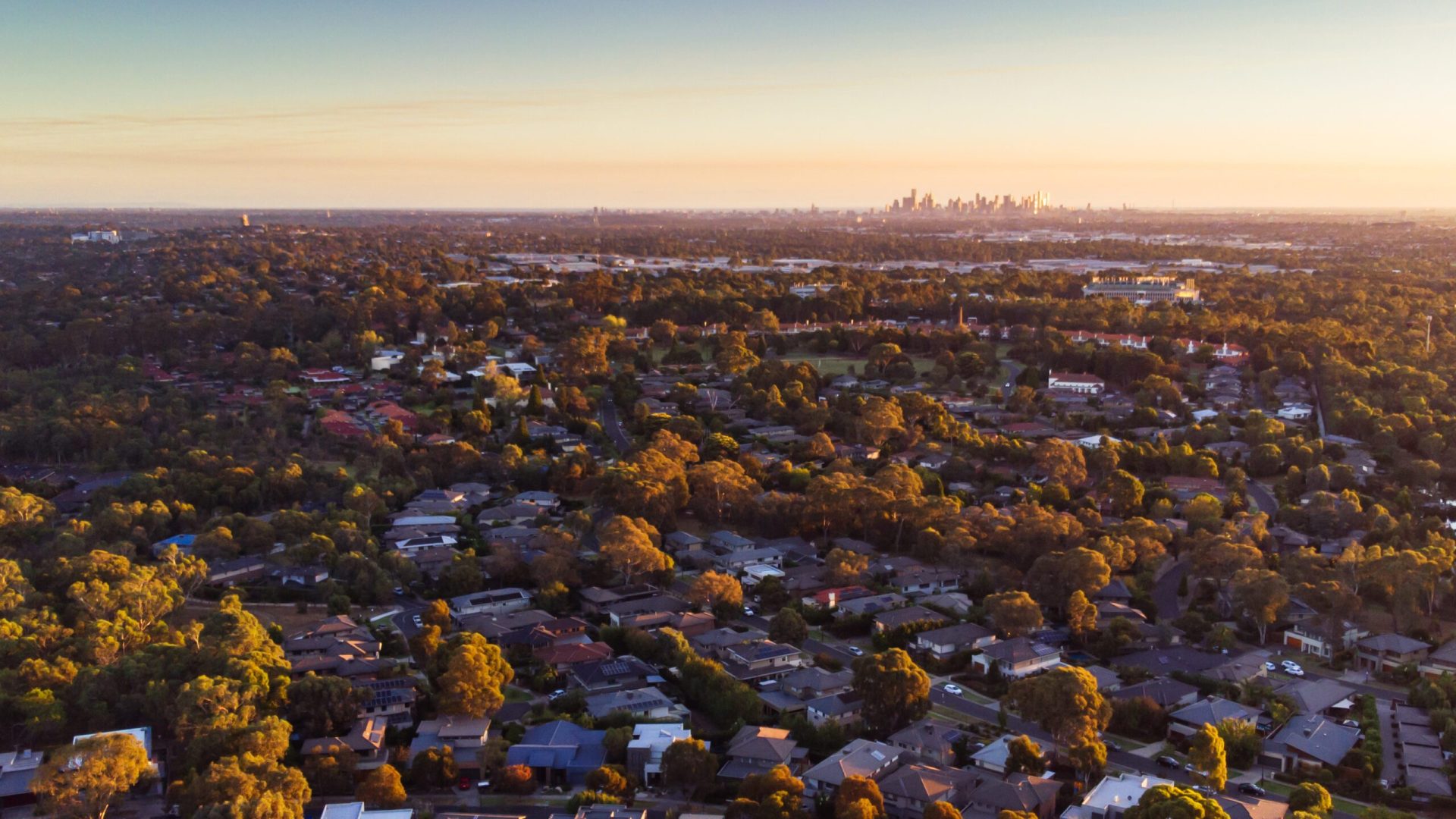The tides are changing in the property market
We’re more than halfway through 2023 and Australia’s capital city property markets are charting very different trajectories. While many investors were hoping that there would be a clear sign or message to tell them that it was time to enter the market, a new market has emerged and caught them off-guard.
There has been clear price growth in a number of cities, led by Sydney, but investors should be wary that they don’t follow the wrong signals and make a costly mistake this year. It’s important to know what is going on under the surface to ensure that you invest safely and confidently.
And when we want to navigate the perils of a changing tide, it’s always good to see where (and when) the experts choose to steer their course. And that is as true for entering the property market as it is for entering a harbour.
Therefore, we’ll address the burning question many people have been asking us: What are professional property investors doing in 2023?
What are professional property investors doing in 2023?
In context of today’s market, Warren Buffett’s famous quote comes to mind: “Be fearful when others are greedy and greedy when others are fearful.” For the last 12 months our property market has been burdened by an overwhelming volume of fearmongering and sensationalized media reports. Despite this, professional investors have been looking beyond the headlines to understand the fundamentals of supply and demand. Professional investors know where and when they want to invest and take advantage of periods of depressed competition, understanding that these times offer better opportunities for securing favourable deals.
To maximise success and be able to invest with confidence, even when the media and most people they speak to at a barbecue are telling them that the sky is falling on the property market, professional investors following a well-trodden pathway:
Understand the Market: Professional property investors devote significant time to understanding the market beyond short-term trends. They analyse long-term fundamentals and rely on data and insights to make informed decisions that are not influenced by sensationalized headlines from the media. OpenCorp achieves this by sourcing direct data from a range of trusted sources to understand what is really happening across Australia.
Favourable Conditions for Investors – Supply, Demand and Affordability: Despite challenges presented by rising interest rates and inflation, professional property investors look at the fundamentals:
- Critical undersupply: There is an enormous shortage of housing. It’s estimated to be over 100,000 and it’s getting worse. Housing approvals and new housing construction levels decline when interest rates go up. As a result of the RBA’s interest rate increases, which created uncertainty in the market, 48,000 fewer homes will be built in the next 12 months at a time that they are sorely needed. This will result in further increases in rents.
- Surging demand: The Australian population has experienced significant population growth, with half a million people added in the past year alone including 400,000 from Net Overseas Migration. This surge in demand for housing fuels the market, driving rental prices in locations that benefit from population growth, and creating imbalances between new supply and demand.
- Affordability: While interest rates have gone up a lot in the last 12 months, they are still in line with the long-term average. In fact, for investors that know where and what to buy, the affordability of properties in the current market remains consistent with that of 2012. Holding a property costs around $100 a week, just as it did back then. However, incomes are substantially higher, 50% higher today than they were in 2012 for many people.
Over the last 4 decades, Australia’s housing market has never been this undersupplied with conditions stacked so much in favour of property investors. We are now seeing many more people entering the market as a result of the regular reporting of rising prices, but professional investors have already been taking advantage of these conditions.
At the OpenCorp Client Night in October 2022, our investors heard about the looming undersupply of housing and ensuing rental crisis, which had not yet been reported on in the media. As a result, many of our clients have been able to get into the market ahead of the masses, capturing the growth curve from its earliest stage. Those investors that enter the market early are able to maximise their profits over the market cycle, positioning themselves to be able to duplicate a lot sooner than investors that wait for FOMO (Fear of Missing Out) to kick in.
Looking at historical trends, property sales peak just before the boom ends. This is because most people wait until there is undeniable proof that prices are increasing. Sadly, the result of the late rush to enter the market means that those late entrants are more likely to get burned, while the early entrants quietly smile as the market pulls back in preparation for the next growth phase to begin.
Professional investors recognise that the current growth phase has begun. You can’t turn back the clock to start buying when they did, but if you’re looking for the next best time to steer your ship into the market, the window of opportunity is only going to get smaller the longer you wait.
Our previous installment of Property Investing Insider, Have I Missed The Window of Opportunity?, can help you understand the current property market in Australia.









